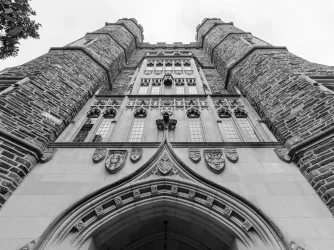Table of Contents
FLAG ON THE PLAY: Middle school suspends student for wearing eye black to football game

WATCH: Eye black ≠ blackface
Anyone who spends any amount of time watching sports will see players wearing eye black — black paint or grease applied under the eyes. Traditionally, athletes use eye black to mitigate glare from the sun or stadium lights, but it also has aesthetic appeal.
As one sports analyst put it back in 2008, “The real reason everyone loves to wear eye black is that it looks totally cool, like modern war paint.” Some athletes go with the classic two black lines under the eyes. But for many others, the more eye black, the better.
Yet when a California middle school student emulated these athletes’ style by wearing exaggerated eye black to show school spirit at a football game, the school disciplined him for “blackface.”

Yesterday FIRE wrote school administrators calling on them to clear the student’s record.
Eye black isn’t blackface
On Oct. 13, Muirlands Middle School student, J.A. — whose family asked FIRE to identify him only by initials for privacy reasons — attended a local high school football game in San Diego. Many game attendees wore face or body paint, and one of J.A.’s classmates painted J.A.’s face (photo) while at the game. J.A. wore the paint throughout the game without incident.
However, about a week after the game, the Muirlands Middle School principal called J.A. and his parents to a meeting, where he told them J.A. would be suspended for two days and banned from future athletic events for wearing “blackface” at the football game. The disciplinary notice describes J.A.’s alleged offense as “painted his face black at a football game” and categorizes the incident as “Offensive comment, intent to harm.”
The school’s characterization of J.A.’s face paint is preposterous.
Merriam-Webster defines “blackface” as “dark makeup worn to mimic the appearance of a Black person and especially to mock or ridicule Black people.” Blackface has its origins in racist minstrel shows featuring white actors caricaturing black people, including by covering their entire faces in dark makeup and stereotypically exaggerating their facial features.
“By contrast,” we told the school, “J.A. followed a popular warpaint-inspired trend of athletes applying large amounts of eye black under their eyes, which has no racial connotations whatsoever.”
Administrators can’t punish nondisruptive displays of school spirit
It is well-established that the First Amendment protects not only speech but also nonverbal expression. The logic behind the First Amendment’s protection of dance, painting, and even tattoos applies to face and body paint, too.
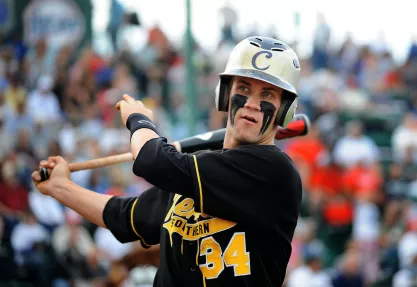
While school administrators can restrict student speech and expression in certain limited situations, public school students do not shed their First Amendment rights at the schoolhouse gate.
As FIRE’s letter explains:
In the seminal student speech case Tinker v. Des Moines, the Supreme Court . . . made clear school officials cannot restrict student speech based on speculative, “undifferentiated fear” that it will cause disruption or feelings of unpleasantness or discomfort among the student body. Rather, Tinker requires evidence that the speech has or will “materially and substantially disrupt the work and discipline of the school.”
There is no evidence that J.A.’s face paint caused any sort of disruption, much less a material and substantial one. His family says the school principal didn’t even cite any complaints about the face paint when meting out the punishment. As such, school administrators have no authority to discipline J.A. for his demonstrably nondisruptive and constitutionally protected expression.
FIRE calls on Muirlands Middle School to immediately remove this suspension from J.A.’s record and lift the ban on his attendance at future school sporting events.
The school should also reaffirm its commitment to its First Amendment obligations.
America’s public schools have a duty to prepare children to become good citizens of a pluralistic democracy — but violating students’ constitutional rights is one lesson no one should follow.
Recent Articles
Get the latest free speech news and analysis from FIRE.
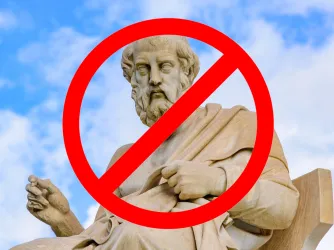
Texas A&M to philosophy professor: Nix Plato or be reassigned
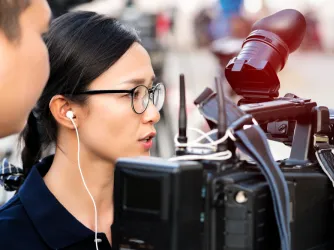
Morgan State says cut the cameras, stop the presses
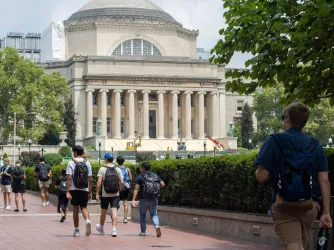
The worst of both worlds for campus free speech
